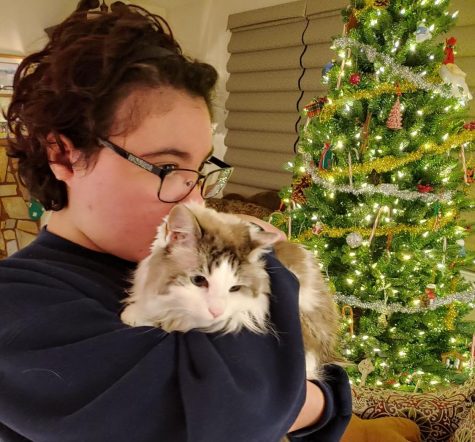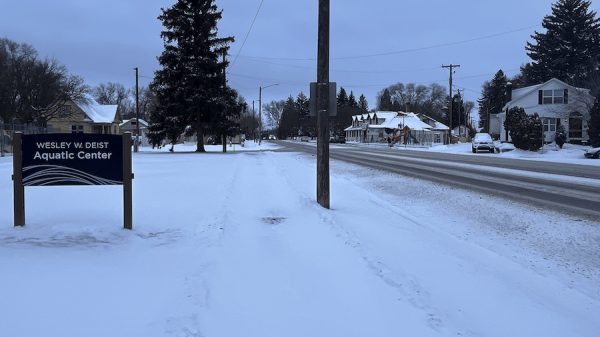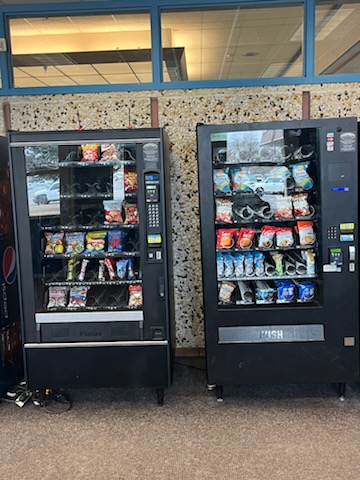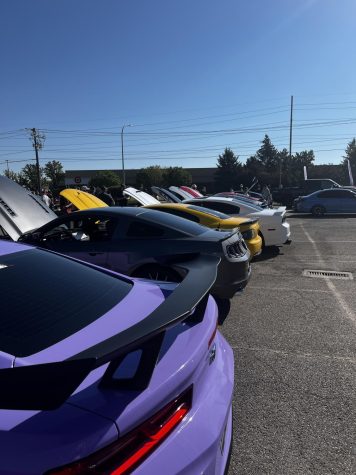The History of Halloween
Halloween, also known as All Hallow’s Eve, is a popular holiday celebrated in many countries around the globe. People get to dress up, have parties, and finally have an acceptable excuse to eat a pound of candy in one night! It’s safe to say that any American walking the streets on October 31st wouldn’t spare a second glance if they saw a witch or vampire cross their path. However, sometimes people get so caught up in the norm that they don’t stop to ask, “Why do we do this in the first place?”
The tradition of Halloween goes a long way back. It all started 2,000 years ago with a Celtic festival. The festival was called Samhain (pronounced saw-win). Taking place on November 1st, the festival marked the end of summer and the harvest. It marked the beginning of a harsh, unforgiving winter, and a new year. The Celts believed that on the eve of their new year they could communicate with their dead and the spirits of the ones they’d lost would cross into the world of the living. They believed that their, and their livestock’s survival through the winter heavily relied on the spirits and that the spirits would help the Celtic priests to predict the future. They would offer up spots at their dinner tables for the spirits to join them for meals and would leave offerings of crops, food, and drinks. During the Samhain celebration, the Celtic people would also burn crops and animals at huge sacrificial bonfires for their deities while wearing costumes of animal heads and skins.
Halloween was also greatly influenced by the Christians. The time that people had celebrated Samhain was long past. The impact of Christianity had reached the Celtic lands in the 9th century. By 835 All Hallow’s day was created, a holiday celebrated on November 1st. Christians believe that after a person died, their soul went to either Heaven or Hell. All Hallow’s day is also known as All Saints Day, a day where Christians celebrate and honor all the saints while also adopting some of the Celtic people’s original traditions from the Samhain celebration. Like Samhain they celebrated with a big bonfire and parades. They even dressed in costumes. Rather than dressing up in animal skins, they dressed up as saints, angels, and devils. By the end of the 12th century it had become an important holy day in Europe.
The day before the Christian holiday came to be known as All Hallow’s Eve, the name which would soon become the beloved “Halloween” we all know and love. Though Halloween is a completely different celebration than the religious ones it started out as, All Saints day is still a celebrated holiday, although today it’s not a big celebration, instead being a day for recognition and prayer.
Christians also had created a custom called “souling”, dating back to the 15th century. The custom started by baking a soul cake, a small round cake marked with a cross, they would then share the cakes with people who were going door to door during All Saints Day. The people that went door to door didn’t have a lot of money and were typically children. They took the cakes in exchange for praying for the dead, often they giver of the cake’s loved ones. People have suggested that the soul cakes were the origin of trick-or-treating.
How did the holiday come to America though? Due to the strict beliefs in colonial New England, celebrating Halloween wasn’t super common, but had become pretty popular in the Southern colonies. When people started to come to America, all of the different beliefs and customs of all the different Europeans and Native Anericans mixed, creating a more unique version of Halloween. People started to celebrate it by having public events celebrating the harvest and telling stories of their dead. They would also tell each other’s fortunes, dance and sing. Though Halloween still wasn’t celebrated everywhere. In the end of the 19th century more immigrants flooded America, and they helped to spread the holiday throughout the country. The holiday, like most traditions in the world continued to change a little as time went on, shifting to fit current customs and the world around it.
Our beloved holiday had to go through so many changes, so many different cultures, and multiple religions to get to what it is now. Despite the fact that we love Halloween just the way it is in our current time, it’s still interesting to look back in time and see what it once was and how it got to where it is.

I am a senior at Skyline High School, born in Mississippi and raised in Idaho Falls. Despite constantly jumping from one obsession to the next, writing,...







